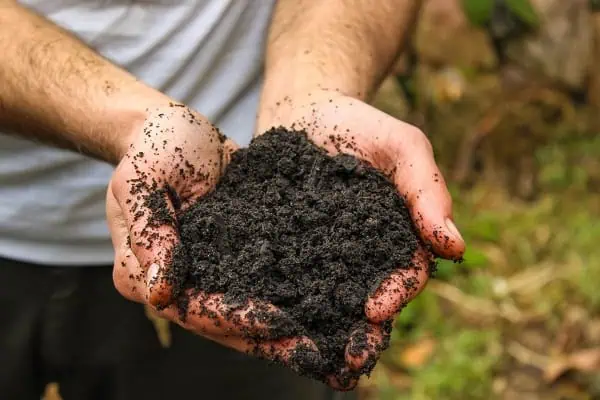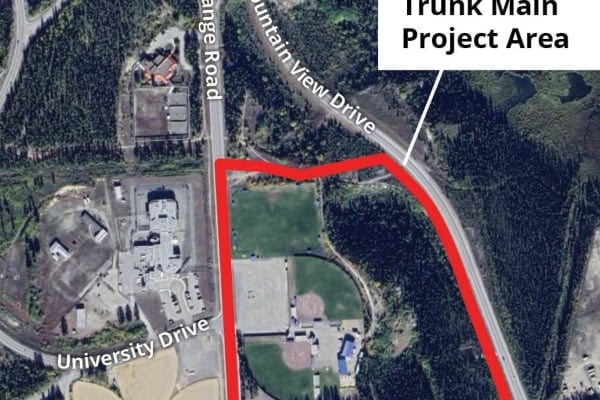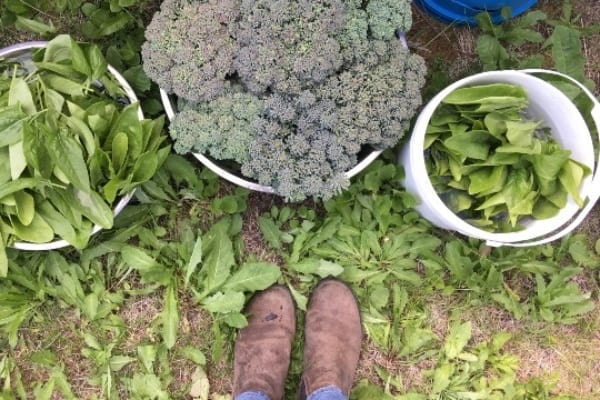As you drive toward Kluane Lake an inconspicuous dirt road marked as “The Arctic Institute of North America” leads off to the right.
If you choose to follow this path less taken you’ll find yourself confronted with a gravel airstrip and a hodgepodge of buildings populated by people sporting Carhartt pants, dirty jeans, and toques.
Welcome to the Kluane Lake Research Station.
Most Yukoners don’t know the research station exists despite its long history and extensive contributions to science in the territory. The station is celebrating its 50th anniversary this year, although its story stretches back beyond its official founding in 1961.
In 1935 American geographer and “gentleman explorer” Walter Wood took pack horses up Steele Glacier to conduct research for the American Geographical Society.
This first foray into the St. Elias Mountains changed the course of his career.
He spearheaded the founding of the Kluane Lake Research Station in 1961, taking over the airstrip built near Silver City in the ’50s as part of “Project Eager Beaver”, a joint US-Canada effort to safeguard the Arctic.
Fred Roots worked with Wood in the station’s early years. Roots, now 88, has had the sort of career most researchers only dream of.
He is credited with the founding of the Polar Continental Shelf Project, the United Nations Environment Programme, Environment Canada, and the International Arctic Science Committee.
His work took him throughout the Arctic and Antarctic and spawned legendary stories within the polar science community including the amputation of a field assistant’s eye during an Antarctic winter and meeting the Queen while wearing a belt fashioned from his lead sled dog’s harness.
Roots told a packed house of Kluane Lake alumni gathered to celebrate the anniversary on the August 5-7 weekend about the Centennial Expedition he and Woods planned and carried out from the research station.
“As mountaineers, we wanted to mark Canada’s centennial by making first ascents of 13 peaks – naming one for each of the 12 provinces and territories at the time and the 13th-largest peak ‘Centennial Mountain’ which we strategically placed between Mounts Ontario and Quebec.”
While planning the expedition Roots was working as a federal government geologist.
“Our department didn’t officially endorse my and my colleague’s participation in the project, but they did let us map the region where the expedition took place. We created the map, which the government officially released for the centennial, over our lunch breaks,” he laughs.
“The expeditions took place in 1967 with mountaineers from almost every province and territory joining teams attempting to summit each of the peaks,” Roots explains.
“We planned to access our base camp by travelling up the Steele Glacier, as Walter had done in the ’30s. Unfortunately in 1967 the Steele Glacier was surging.
“What had been a flat highway of ice during Wood’s earlier expedition was now an over-turned hairbrush with pinnacles of ice moving by camp quickly enough to watch them travel. Despite the challenges, nine of the 13 teams made their summits.”
Andy and Carole Williams are fixtures of the Kluane Lake Research Station which they have managed since the 1970s.
Carolyn Relf, director of the Yukon Geological Society describes Andy Williams as a “bemused curmudgeon who has seen it all and can be found pacing the runway with cigarette in hand whenever he’s not flying someone deep into the St. Elias.”
“This station wouldn’t be what it is without Andy,” says David Hik, Canada Research Chair in Northern Ecology at the University of Alberta who led Canada through the International Polar Year 2007-2009.
When Williams took his turn on the stage it became clear that he really had seen it all.
He detailed tales of planes lost in and recovered from the icefields, buried to a depth where only a propeller tip was visible above the snow. He highlighted unorthodox (by today’s standards) and explosive glaciological techniques.
He even made reference to grad student (slave) labour to construct some of the buildings on base.
“Andy and Carole have made profound impacts on every researcher who has stepped onto this base,” says Hik. “Most of what we as a collective have accomplished would not have been possible without their help and dedication.”
And there have been plenty of researchers through the station – sometimes three and four generations worth.
Glaciologist Garry Clarke began working out of Kluane Lake in the 1960s, conducting a long-term study of the Trapridge Glacier for over three decades. His former grad student Gwenn Flowers now brings her own grad students to the same mountain range where she worked with Clarke.
Boreal forest ecologist Charlie Krebs from UBC supervised David Hik, who in turn supervised Ryan Danby of Queen’s University, who now brings his own students to the research station.
The smiling faces of the extensive crowd gathered on the shores of Kluane Lake to celebrate the station’s first 50 years is proof that the road less travelled has made all the difference.
Here’s to the next 50 years!
Amber Church is a painter, writer and sports enthusiast. You can reach her at [email protected].




